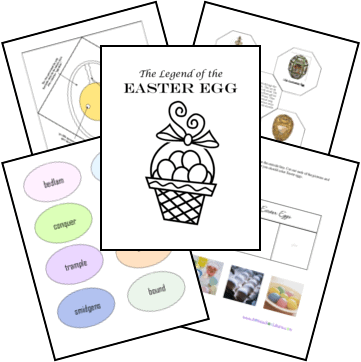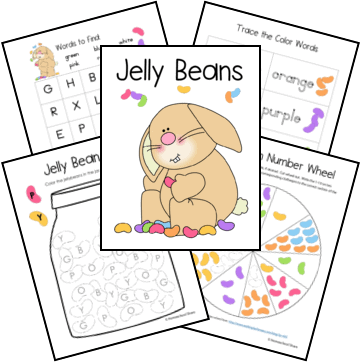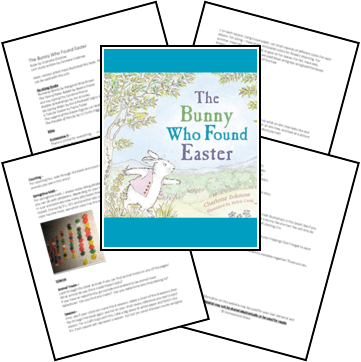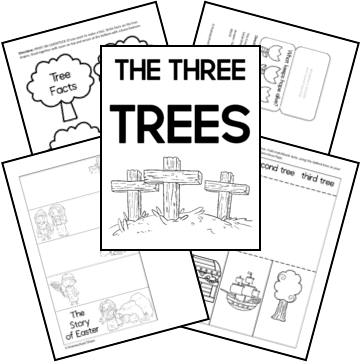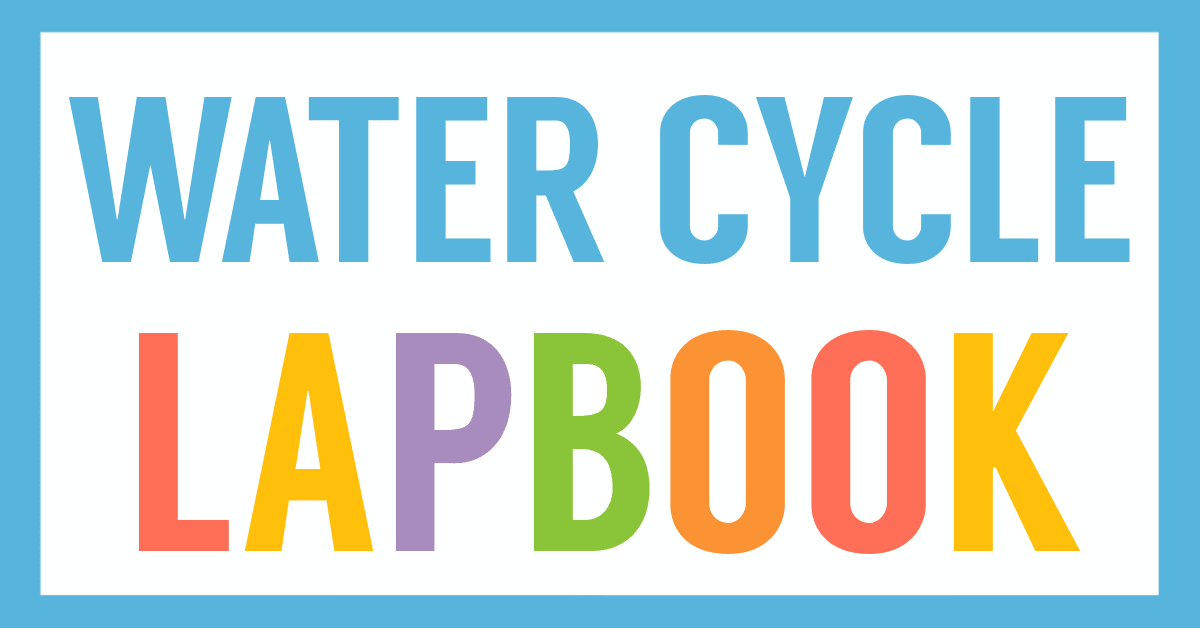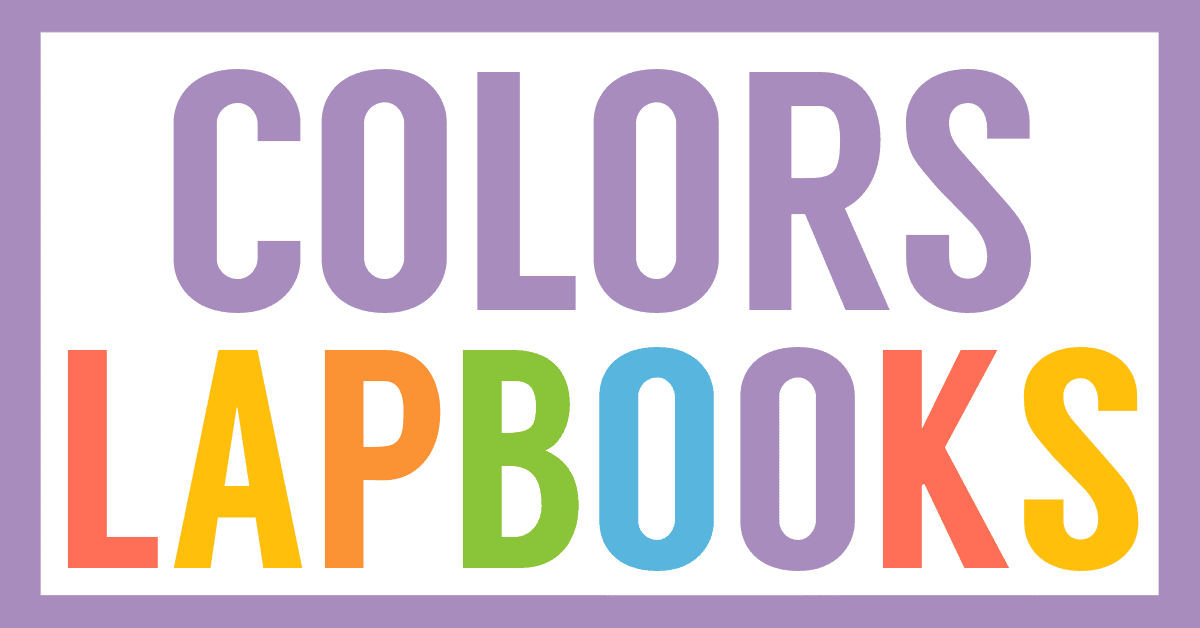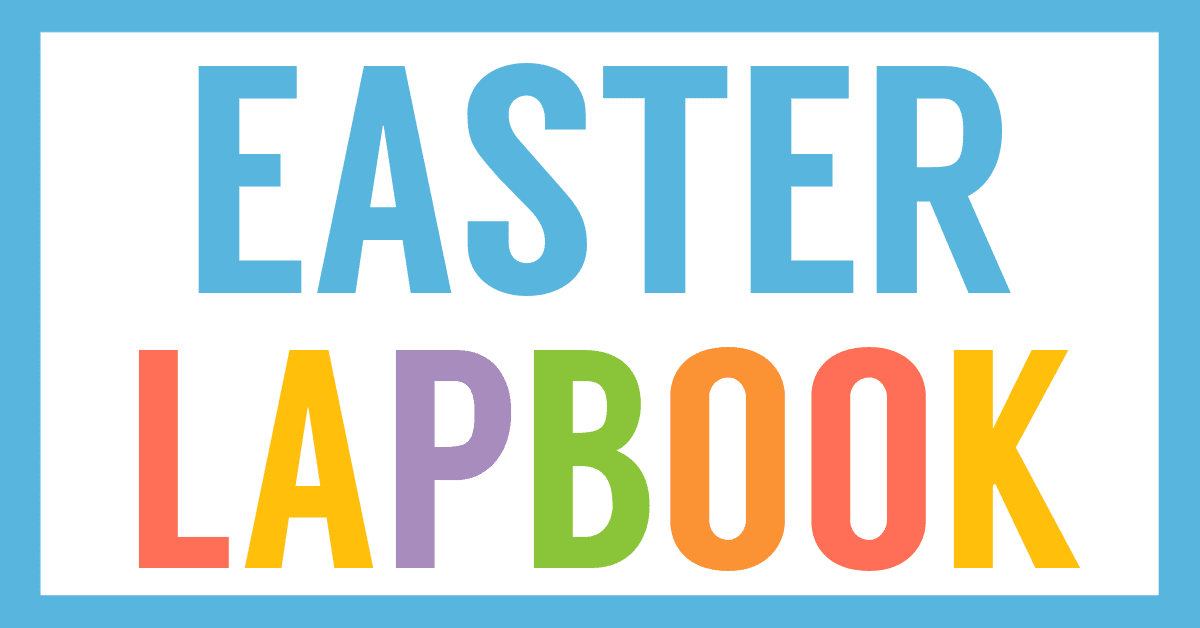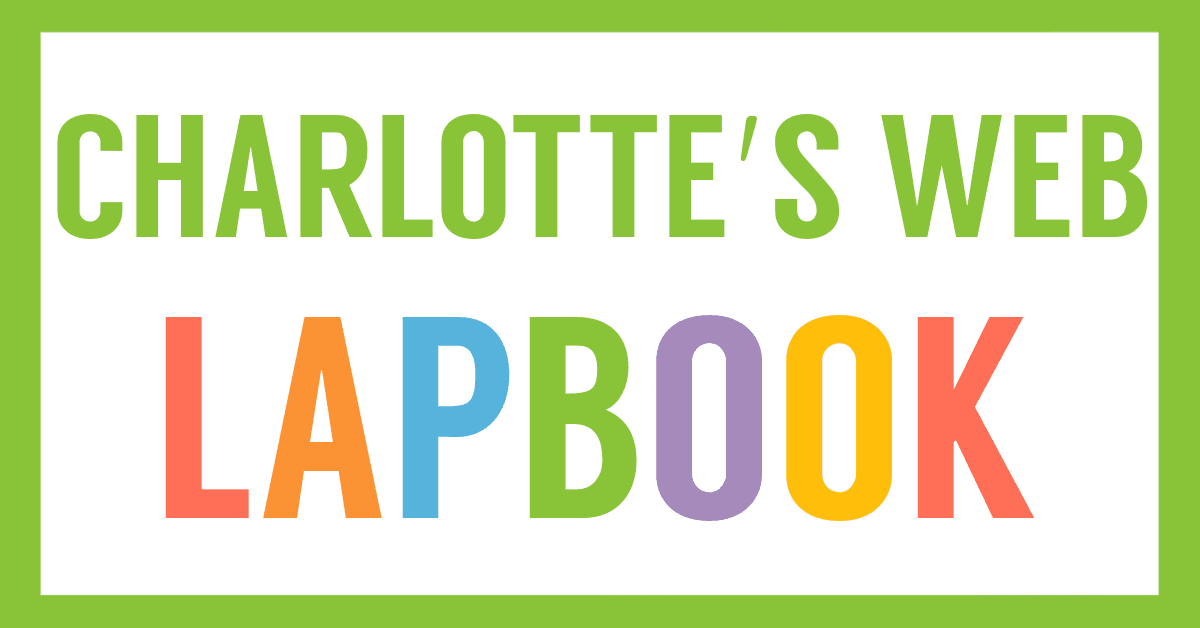Affiliate Disclaimer
We sometimes use affiliate links in our content. This won’t cost you anything, but it helps us to keep the site running. Thanks for your support.
This unit study includes lessons and printables based on the book The Legend of the Easter Egg by Lori Walburg.
One April morning, a boy and his sister go outside to gather eggs. “Let’s pretend we’re hunting Easter eggs!” Lucy says. “What are Easter eggs?” Thomas wonders. In The Legend of the Easter Egg, young Thomas learns the deeper meaning behind Easter eggs and the Easter story itself. When his older sister Lucy falls sick, Thomas goes to stay with John and Mary Sonneman at their candy store. But all the candy he could desire does not cure Thomas’s aching heart. Only when Mary Sonneman shares with him the story of Easter does he understand the hope he has — and what he can do about his sister’s illness.
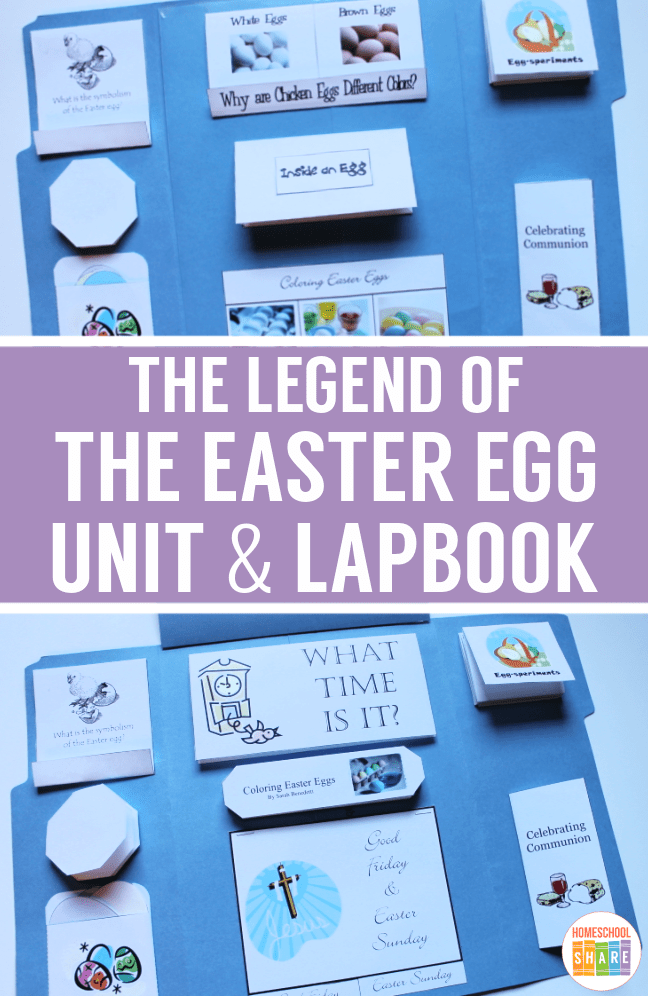
Thanks to Jolanthe Erb for writing the lessons for this The Legend of the Easter Egg unit study.
The Legend of the Easter Egg Unit Study Lessons
Here are some sample lessons from the The Legend of the Easter Egg Unit Study.
Bible: Good Friday and Easter Sunday
Good Friday (Read Mark 15)
Good Friday is celebrated on the Friday before Easter Sunday. Good Friday is the day that we remember Christ’s crucifixion at Calvary. We remember how Jesus was arrested and handed over to the Roman soldiers. He was beaten and a crown of thorns was put on his head. Later, Jesus was made to carry His own cross to Golgotha. There he was crucified along with two criminals.
According to the Bible, Jesus was crucified at 9 AM (Mark 15:25). At noon darkness fell across the whole land (Mark 15:33). At about three o’clock the darkness left and Jesus died (Matthew 15:34-37).
Easter Sunday (Read Mark 16:1-9)
When Mary Magdalene and the other Mary went to visit the tomb where Jesus was buried, they saw an angel. The angel told them not to be afraid. Jesus’ body had not been taken by anyone. He had risen from the dead! The angel told the women to go and tell the disciples what they had seen. They were so excited, they ran all the way home to tell the disciples the good news: Jesus was alive! He had risen from the dead!
Jesus later appeared to many others: the disciples and other eyewitnesses. (I Corinthians 15:3-6) Jesus proved that He was the Messiah – the Lamb of God. He died on the cross and rose from the dead, something that no one else had ever done before, or would ever do again. He was God and man. He overcame sin, death and hell. Because He overcame those things, they no longer hold power over those who believe in Him. We are no longer slaves to sin and death. John 8:36 says, “Him who the Son has set free, is free indeed.”
Science: Parts of an Egg
The egg has four basic parts: the shell, the air space, the albumen and the yolk. The shell of the egg is the protective covering. It has very tiny openings which we cannot see with our eyes (it is porous). When a baby chick hatches, the shell is cracked open. We do not eat the egg shells, but they can be used as compost in our gardens to make the soil rich. The air space is a small pocket of air in the large end of the egg. It isbetween the shell and the albumen (the egg white). The air space acts as a cushion for the baby chick as it is developing. The yellow part of the egg is called the yolk. On the yolk there is a small white spot called the germinal disk or the egg cell. The baby chick develops from this part of the egg. While the baby chick is developing, the yolk will provide food for the chick. The thick, clear substance that surrounds the yolk is called the albumen. We also call it the egg white. In the albumen, there are some small white strands of material that hold the yolk in the center of the egg shell. These strands are called chalazae (pronounced shah-LAY-zee). The eggs that we buy at the store are not fertile eggs. That means that baby chicks will not grow inside them or hatch.
You can grab a copy of the entire The Legend of the Easter Egg Unit Study and Lapbook in an easy-to-print file at the end of this post.
The Legend of the Easter Egg Lapbook Printables
In addition to the unit study lessons, the file also includes these mini-books for your student to create a The Legend of the Easter Egg Lapbook:
- Coloring Easter Eggs Sequence Book
- Communion Twice Folded Book
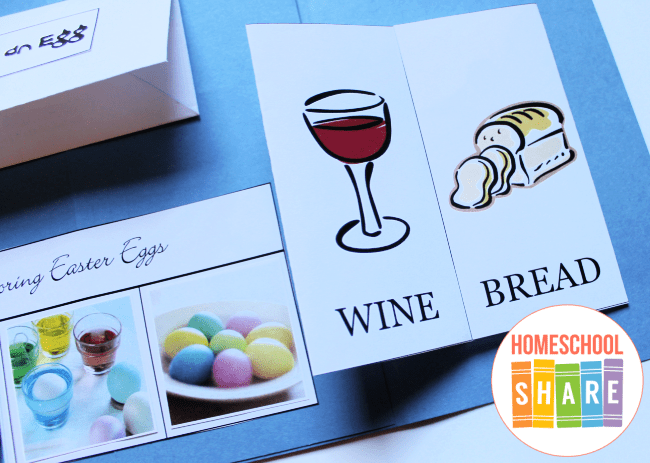
- Egg Colors Matchbook
- Good Friday and Easter Sunday Tab Book
- Parts of an Egg Envelope Fold Book
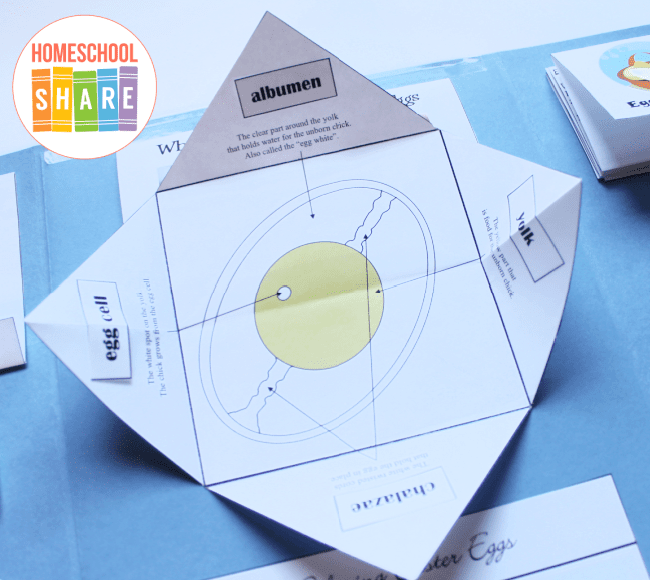
- Easter Egg Symbolism Matchbook
- “Coloring Easter Eggs” Poem
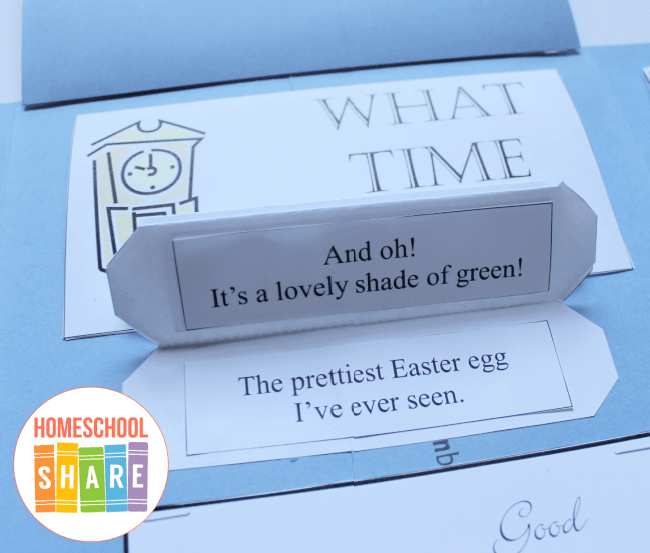
- Egg-speriments Accordion Book
- Faberge Eggs Mini-book
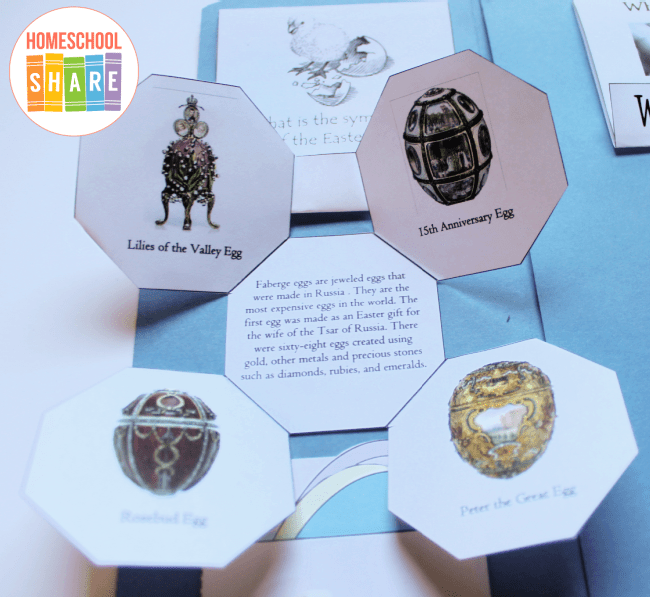
- Map of Russia Mini-book
- Vocabulary Cards & Pocket
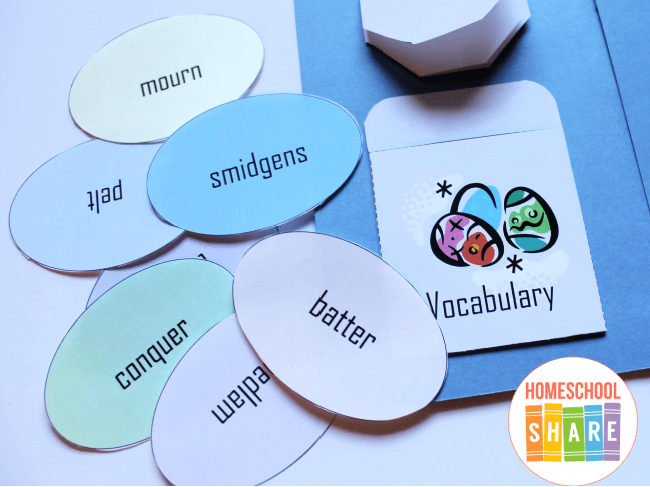
Lapbook Example
This sample lapbook was made with one file folder and a piece of cardstock taped to the center to make an extension flap.
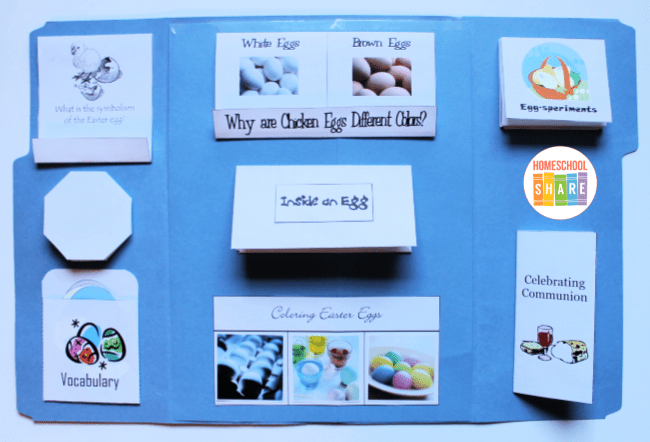
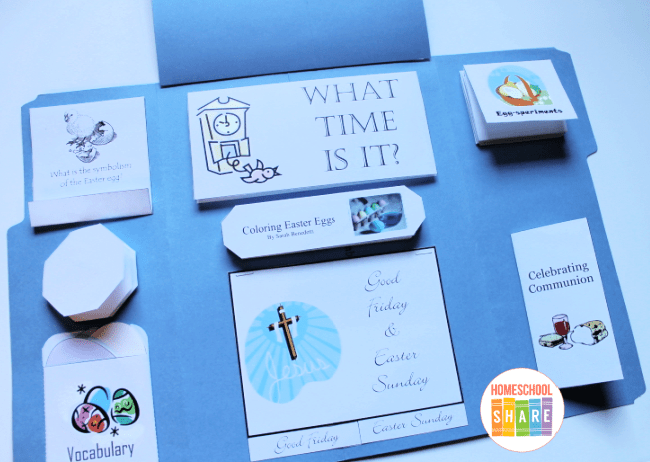
How to Get Started with Your The Legend of the Easter Egg Unit Study & Lapbook
Follow these simple instructions to get started with the The Legend of the Easter Egg Unit Study:
- Buy a copy of the book, The Legend of the Easter Egg, or borrow one from your local library.
- Print the The Legend of the Easter Egg unit study.
- Choose the lessons you want to use with your student (a highlighter works great for this).
- Choose and prepare the lapbook printables you want to use with your student.
- Enjoy a week with The Legend of the Easter Egg.
Get Your Free The Legend of the Easter Egg Unit Study & Lapbook
Simply click on the image below to access your free The Legend of the Easter Egg Unit Study and Lapbook.

